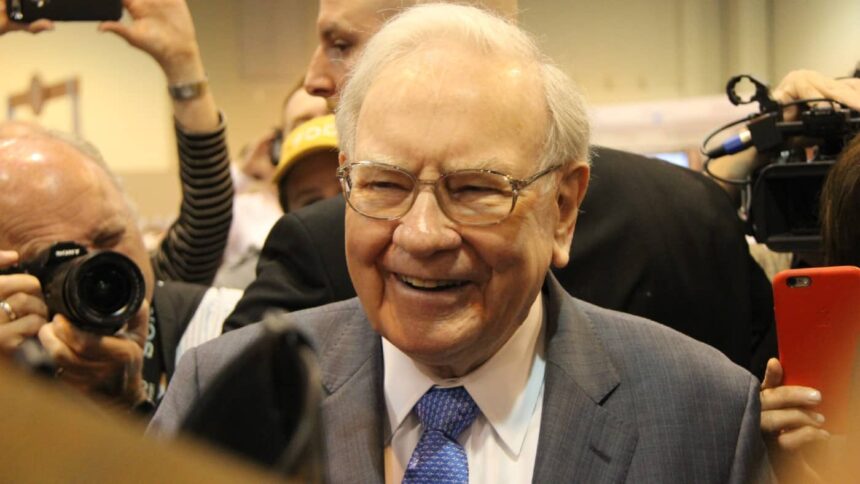
Image source: The Motley Fool
One way of building a passive income portfolio is by earning and reinvesting dividends. There’s nothing wrong with this, but I think the approach taken by Warren Buffett is better.
By investing in businesses that can grow their earnings over time, the Berkshire Hathaway CEO collects more and more cash each year without having to reinvest it. To me, that’s a winning formula.
Reinvesting
With interest rates rising, there are some stocks with eye-catching dividends at the moment. From the FTSE 100, both British American Tobacco and Legal & General have yields above 9% right now.
If I invested £20,000 in stocks with an average yield of 9%, I’d earn £1,800 in dividends next year. Reinvesting that at the same rate for 10 years could take me to £4,000 per year in passive income.
That’s pretty good, but there are a couple of downsides. The first is that the stocks involved tend to be risky – high yields are often a sign investors think dividends won’t be sustainable.
More importantly, though, I’d have to reinvest my dividends each year in order to reach that level. So for 10 years, I wouldn’t be able to use my passive income to counter inflation, or anything like that.
In my view, it would be better if I could use my dividends each year, while also watching my passive income increase each year. That’s where the Warren Buffett method comes in.
Warren Buffett
In the 2002 letter to Berkshire Hathaway shareholders, Warren Buffett explained why its American Express investment has been such a big success. The reason, according to Buffett, is growth.
Berkshire invested $1.3bn in American Express shares in 1995 and received $41m per year in dividends. 28 years later, the amount the investment returns each year has grown to $302m.
Importantly, this isn’t the result of reinvesting dividends. Since 1995, Berkshire has put its dividends to work elsewhere as the annual return on its American Express investment has gone from 3% to 23%.
Doing this today with £20,000 isn’t easy – Buffett’s unique skill as an investor is an important part of Berkshire’s success. But I can follow the same strategy, even if I can’t guarantee the same returns.
My investment might grow more slowly with this approach. But it allows me to earn passive income from the outset, rather than having to commit to reinvesting my dividends for a long time.
Building a passive income portfolio
There are a couple of ways investors can look to build a passive income portfolio. One is by buying shares and looking to use the dividends to grow the investment over time.
I don’t think there’s anything intrinsically wrong with this. But constantly reinvesting dividends means they can’t be used for everyday expenses or invested elsewhere.
The alternative is to buy shares in companies that can grow their earnings over time. With this approach, investors receive more each year while being able to use their dividend income elsewhere.
This is how Warren Buffett has turned Berkshire Hathaway into a financial fortress. And it’s the strategy I’d aim to follow if I were investing £20,000 to boost my monthly income.








